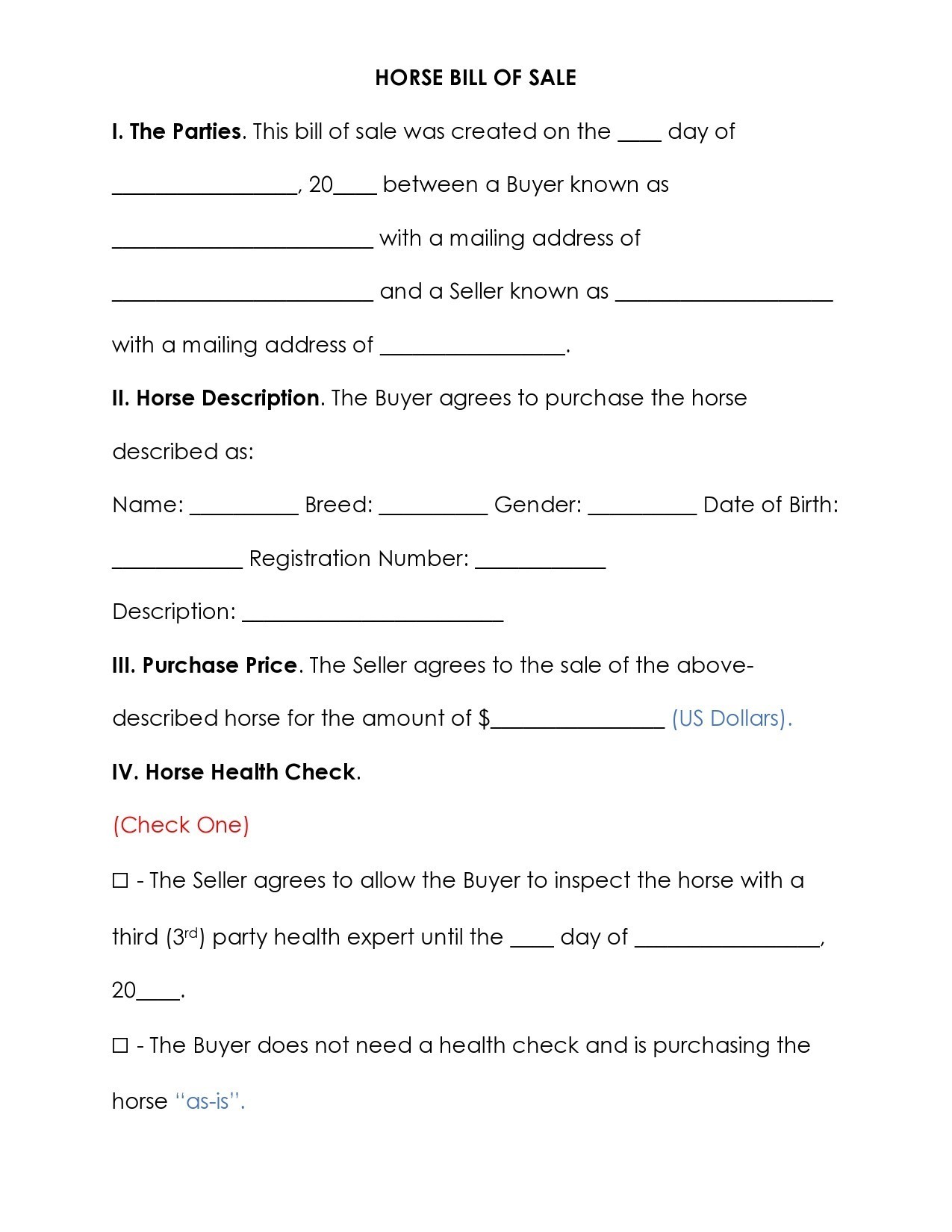

Clearly, in recent years, slaughter for human consumption has not been the primary method of stabilizing the equine population in the USA. Assuming a 5% to 10% annual population replacement rate, at least 500 000 horses must leave the US horse population by death each year. The US horse population is estimated at 6.9 million, with an average age of 10.4 y ( 11). On average, 60 000 horses (25 000 of US origin) are killed at Canadian slaughterhouses each year ( 10, 12) and 11 000 United States’ (US) horses are sent to Mexican slaughterhouses annually ( 2). In the 1980s, more than 300 000 horses were processed annually in 16 federally inspected plants, while in 2006, 105 000 horses were slaughtered for human food in the remaining abattoirs, 2 in Texas and 1 in Illinois ( 2).

The slaughter of horses in the USA for overseas markets had been on the decline prior to the recent multistate regulatory successes of the anti-horse-slaughter movement.

Economic modeling suggests a horse slaughter ban would be equivalent to the immediate loss in value of $300.00 per horse in the USA at a cost of $50 million annually ( 11).Ī commercial market for horsemeat as food has never emerged in the USA. Low value animals have previously been identified as being at increased risk for neglect ( 10). Some authors have suggested that the horse slaughter industry functions to remove and, therefore, protect old (mean age 11.4 y) and unsound working and riding horses from neglect or abuse ( 6– 9). The veterinary concerns about the slaughter prohibition are motivated by the future welfare risk for horses that otherwise would be removed from the population by slaughter. The American Veterinary Medical Association (AVMA) and the American Association of Equine Practitioners (AAEP) are pursuing defeat of these amendments to the Horse Protection Act ( 2, 4, 5). On January 27, 2007, simultaneous bills were introduced in the Senate and the House to prohibit the slaughter of horses for human consumption and to ban the transport of live horses from the United States to countries where they could be slaughtered for human consumption ( 2). Recently there have been several state and federal regulatory initiatives in the USA intended to prevent the slaughter of horses for human consumption ( 2, 3). On May 24, 2007, the last slaughterhouse in the USA producing horsemeat for human consumption was closed by State statute ( 1).


 0 kommentar(er)
0 kommentar(er)
